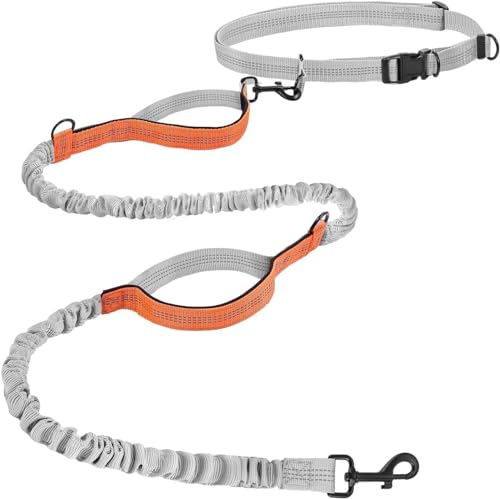Understanding the Running Leash Dog: What It Is and How It Works
What is a Running Leash Dog?
A running leash dog is a specialised leash that connects you to your furry companion during jogging or running activities. Unlike standard dog leashes that may impede your stride or require you to hold them tightly, a running leash is often designed with a hands-free system. This means you can attach it to your waist, allowing you to maintain better posture and balance while running. These leashes often feature an elastic component, which absorbs shock and provides your dog with a bit of freedom to move around without pulling you off course. They typically include several attachment points that can accommodate a variety of dog sizes and temperaments, making them versatile for different breeds.
How Does It Work?
The mechanics of a running leash are straightforward. You secure the leash around your waist, attaching the dog’s end to their harness or collar. This design allows for a more natural running motion, as the leash can stretch to resolve sudden changes in direction or speed that your dog may make. The elastic section serves to cushion these movements, preventing abrupt jolts that might otherwise throw you off balance. Furthermore, these leashes often provide a quick-release feature, enabling you to disengage from your dog swiftly if necessary.
Key Features to Look for in a Running Leash Dog
Durability and Material Quality
When choosing a running leash, one of the essential aspects to consider is its durability. Look for leashes made from high-quality materials, such as nylon or heavy-duty polyester, as these will withstand the rigours of outdoor activities and the wear and tear from your dog’s energetic behaviour. The stitching should be reinforced, and the clips should be made of robust metal, avoiding flimsy plastic attachments that could easily break under stress.
Comfort and Fit
Comfort is crucial for both you and your dog. A well-padded waist belt with adjustable sizing can make all the difference during long runs. Ensure that the waist attachment fits securely around your waist without being too tight, allowing for movement. Additionally, the leash itself should be comfortably padded where it attaches to your dog to prevent chafing and discomfort, especially for those breeds with sensitive skin.
Safety Features
Safety should be a top priority when selecting a running leash. Look for features like reflective materials or bright colours that enhance visibility during early morning or dusk runs. Moreover, some leashes include a shock absorption mechanism that not only protects your joints but also gives your dog a little leeway to safely explore without yanking you backward during sudden stops.
Choosing the Right Length and Design for Your Dog
Determining the Right Length
The length of your running leash should correspond to both your dog’s size and their running behaviour. For larger dogs with a powerful stride, a longer leash allows them freedom to move without feeling constrained. Meanwhile, shorter leashes are ideal for smaller or more energetic dogs who may dart in various directions. Generally, looking for a leash that’s between 4 to 6 feet provides the right balance of comfort and control for most running scenarios.
Design Considerations
The design of the running leash plays a significant role in functionality. Consider whether a belt is integrated or designed as a standalone component. Many prefer a belt that sits comfortably on the hips as it distributes weight better. It’s also worth checking for additional features such as pockets for holding essentials like keys, ID, or dog treats. A leash with a swivel connection can also help reduce tangles while allowing your dog to switch sides easily.
Top Recommendations for the Best Running Leash Dogs on the Market
Popular Choices
When it comes to the best running leashes, we find that models that balance durability, comfort, and safety are preferred by many dog owners. Some of the most talked-about options include those with adjustable belts that fit various waist sizes and offer reflective stitching for visibility. Brands that provide a wide range of leash lengths make it easier for us to find the perfect fit for our specific needs, catering to both athletic dogs and casual runners.
How to Use a Running Leash Dog Effectively During Your Runs
Get Your Dog Used to the Leash
Before heading out for your first run, it’s vital to acclimatise your dog to the running leash. Allow them to wear it around the house to understand the feel and sound of it. Take short walks at first to let your dog adjust to the added freedom and to make sure they’re comfortable with the setup.
Maintain a Steady Pace
While running, aim to keep a consistent pace, as this makes it easier for your dog to match your speed. If you notice them straying too far ahead or lagging behind, it’s useful to train them to adjust their pace to match yours. Practicing commands such as ‘heel’ or ‘stay’ can be beneficial and can allow for more enjoyable and focused runs.
Stay Alert
While running with your dog, remember to stay alert. Keep watch for obstacles, other dogs, and people around you. Maintaining a good awareness of your surroundings ensures both you and your dog have a safe and pleasurable experience during your runs. Engaging in regular training exercises outside of running can also help your dog adapt better during your outing.

















